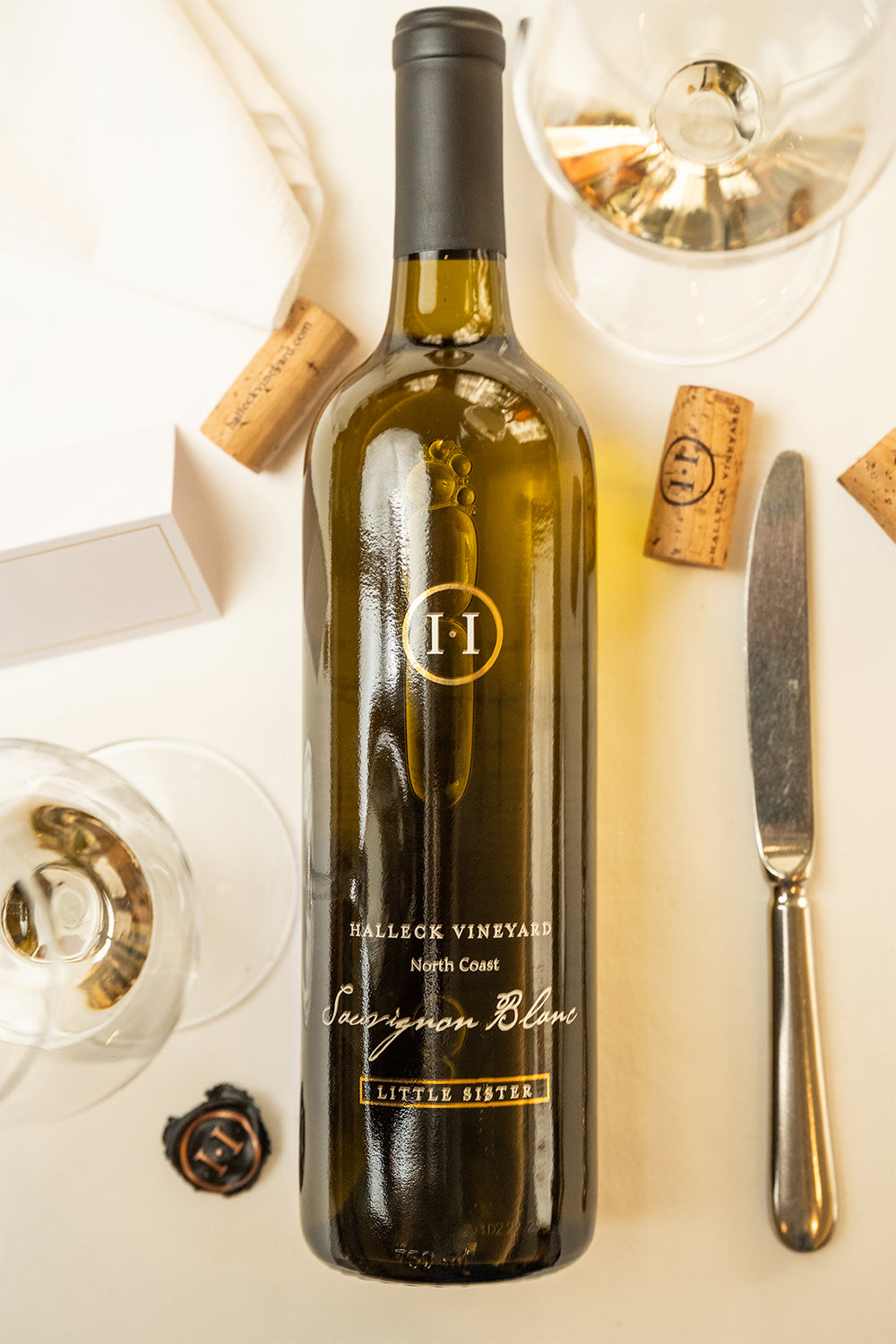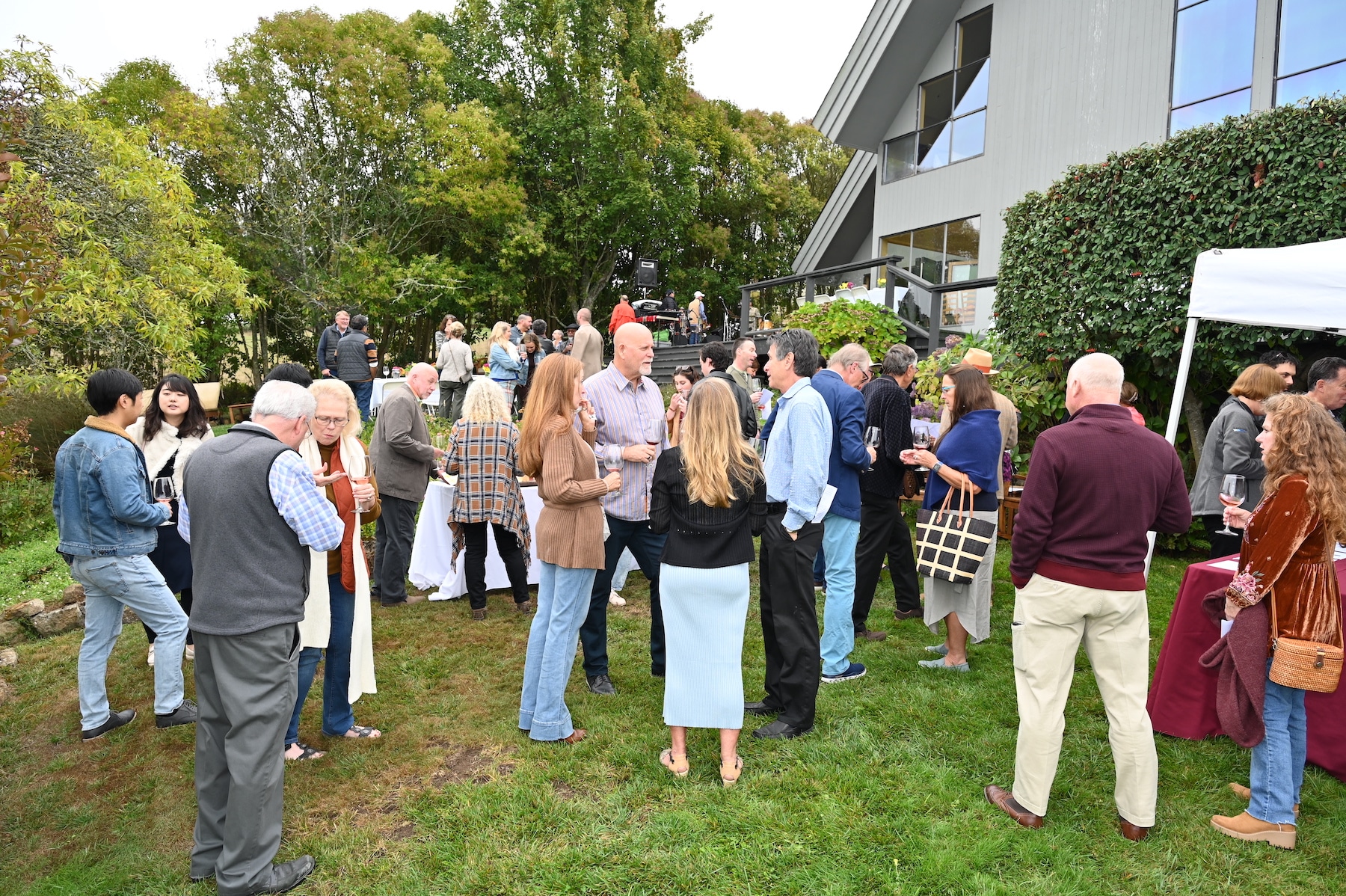Best Wineries For Sunset Views In Sebastopol - Iconic Wineries Of Sebastopol
Wine tasting is an art that mixes sensory experience with an appreciation for the nuances of various varietals. How to evaluate flavors in winery wine tasting periods is pivotal to greedy the complexities of wine.
Participating in a wine tasting involves greater than merely sipping and savoring. It requires a centered approach to determine aromas and flavors that every wine presents. As you start, observe the wine's appearance, noting its colour and readability. These visible cues usually counsel a wine’s age, grape variety, and even potential flavor profiles.
The next step within the tasting course of is to swirl the wine in your glass. This motion releases fragrant compounds which would possibly be important for analysis. Lean in and take a second to inhale deeply; the aromas can range from floral and fruity to spicy and earthy. The nostril of the wine is simply as important because the palate, and recognizing scents performs a big role in understanding the overall experience.
When taking your first sip, enable the wine to move throughout your palate - Wineries Promoting Sustainable Farming. Discover the initial flavors that present themselves. Is the wine fruity, floral, or maybe herbaceous? This preliminary style provides perception into what the wine is more likely to express as you proceed to evaluate it. The mouthfeel additionally contributes to the general flavor experience; it can be silky, tannic, or even effervescent.
Wineries With Picnic Areas - Sebastopol's Best Wine Trails
As you proceed tasting, pay consideration to the wine’s balance. A well-balanced wine will harmonize acidity, sweetness, and tannins. If one component overwhelms the others, it'd indicate a less fascinating high quality. Evaluating stability might help you identify how properly the wine would possibly pair with food.
Transitioning to the finish, think about how the flavors evolve as the wine lingers on your palate. A long, nice finish can point out a high-quality wine, whereas a brief or abrupt finish might recommend in any other case. Replicate on whether or not the flavors remain consistent or if new notes emerge because the wine settles. This progression can reveal complexities and intricacies which may not have been apparent within the preliminary tasting.
Temperature is also a vital consider evaluating wine flavors. Completely Different kinds of wine are optimally loved at particular temperatures. White wines typically shine when chilled, whereas purple wines typically carry out best at room temperature. When tasting, ensure the wine is on the applicable temperature to fully appreciate its character.
Wineries That Host Harvest Festivals - Unique Wine Tasting Experiences In Sebastopol
Pairing food with wine can greatly enhance the tasting experience. Meals can affect the notion of flavors in wine, both highlighting certain traits or diminishing them. When evaluating flavors, consider how the wine interacts with different foods, noticing which flavors are amplified or muted (Romantic Winery Destinations In Sebastopol).

Contemplate the affect of terroir as you have interaction in a winery tasting. Terroir encompasses the distinctive environmental components that have an effect on grape rising, together with soil composition, local weather, and geography. Understanding a wine's terroir can provide perception into its flavors and aromas, fostering a deeper appreciation for the alternatives made during its cultivation and production.
Schooling plays a fundamental position in enhancing one's ability to gauge wine flavors. Studying about grape varieties, wine areas, and production strategies can pave the way for extra knowledgeable judgments throughout tastings. Additionally, attending workshops or classes can refine sensory skills and broaden your flavor vocabulary, enabling you to articulate tasting notes extra successfully.
Lastly, it is essential to remember that evaluating wine flavors is a highly personal experience. Particular Person preferences and perceptions will invariably shape one’s tasting journey. Enjoyment should be at the forefront, with the evaluation course of appearing as a software to reinforce understanding and appreciation quite than create get more rigid guidelines.
Wineries Known For Their Hospitality - Sebastopol's Vibrant Wine Scene
In conclusion, mastering tips on how to consider flavors in winery wine tasting sessions entails a mix of sensory engagement, data, and practice. By learning to establish aromas, assess the steadiness, and respect the intricacies of flavor, wine enthusiasts can deepen their connection to every bottle they encounter. As with any art form, the extra one immerses themselves in the experience, the more they'll uncover and benefit from the vast world of wine.
- Start by observing the wine's color and clarity, as these visual elements can hint at its flavor profile and getting older potential.
- Swirl the wine gently in your glass; this releases aromatic compounds, permitting you to better determine the complicated scents related to the wine.
- Take a deep inhale before tasting, focusing on each major and secondary aromas to gather insights on fruits, spices, and different nuances.
- When tasting, enable the wine to coat your palate; note the preliminary flavors, the mid-palate complexity, and the finish as these stages can provide different flavor highlights.
- Pay attention to texture and mouthfeel, as elements such as tannin levels, acidity, and sweetness contribute considerably to the overall tasting experience.
- Examine flavors towards commonplace wine characteristics; for red wines, consider berry notes, oak influence, and herbal tones, while whites may embrace citrus, stone fruits, and floral hints.
- Take notes in the course of the tasting session to track your impressions, serving to you to recollect and consider the different wines sampled.
- Discuss your findings with fellow tasters or winery staff, as sharing insights can enhance understanding and appreciation of individual flavors.
- Allow time for the wine to breathe; typically, flavors evolve and reveal new dimensions after being uncovered to air.
- Experiment with food pairings in the course of the tasting as they'll dramatically alter how flavors are perceived, influencing general enjoyment.undefinedWhat should I look for when evaluating the aroma of wine during a tasting?
Start by swirling the wine in your glass to launch its aromas. Deliver the glass to your nostril and take a deep breath. Pay consideration to the first scents you detect, as these are sometimes probably the most prominent. Look for fruit, floral, herbal, or earthy notes and attempt to determine particular traits, which is in a position to deepen your understanding of the wine's complexity.
Wineries Producing Pinot Noir And Chardonnay - Sonoma Wine Culture

How can I distinguish between completely different flavor profiles in wine?
Perceive that flavor profiles are often categorized as fruit, floral, herbaceous, spicy, or mineral. Take small sips and permit the wine to coat your palate. Discover the primary flavors that emerge first and the refined notes that follow. This layering is essential in distinguishing the wine's traits and will help you respect its unique profile.
Vintage Wine Tasting Experiences In Sebastopol - Sonoma Wine Tasting Tour
What is the importance of the wine's texture in a tasting?

The texture of the wine, also referred to as mouthfeel, performs a vital function in how we understand flavors. Pay attention to whether the wine feels clean, creamy, or gritty. The physique of the wine (light, medium, or full) can enhance or distinction with flavors, offering a extra rounded experience throughout tasting.
How do I assess the stability of flavors in wine?
Balance in wine refers to the concord between acidity, sweetness, tannin, and alcohol. Take a moment to assess whether or not these parts complement or intervene with each other. A well-balanced wine may have none of its components overpowering the others, creating a pleasing tasting experience.
Historical Wineries To Visit In Sonoma - Wineries With Stunning Views In Sonoma
What position does temperature play in evaluating wine flavors?
Temperature can considerably impression the perception of flavors. Typically, purple wines are greatest served barely below room temperature, whereas white wines benefit from being chilled. As the temperature modifications, the aromas and flavors can shift, allowing you to perceive different traits. It’s essential to style wine at its optimum temperature for true analysis.
Artisan Wineries In Russian River Valley - Family-Owned Wineries In Sonoma
How can I enhance my tasting skills over time?
Practice is vital to enhancing your tasting skills. Top Rated Wine Experiences In Sebastopol. Attend tastings, visit homepage keep a journal of your experiences, and explore different types of wines to broaden your palate. Additionally, learning about wine manufacturing and grape varieties can provide context that enhances your analysis process, making you a extra informed taster.
Is there a specific order during which I should taste the wines?
Wineries Promoting Sustainable Farming - Wine Tasting At Sonoma Vineyards
Yes, it’s advisable to taste wines from light to full-bodied and dry to sweet. This progression prevents the stronger flavors from overshadowing the more delicate ones, allowing you to completely recognize each wine's characteristics and nuances without palate fatigue.
How can I consider the aftertaste of wine?
Wineries That Host Harvest Festivals - Iconic Wineries Of Sebastopol
The aftertaste, or finish, is a vital aspect of the wine-tasting experience. After swallowing, pay attention to how long the flavors linger in your palate and whether they change. A long, pleasant finish is usually an indicator of a high-quality wine, whereas a short or disagreeable end might recommend otherwise.
Why is it important to notice the wine’s acidity throughout tasting?
Acidity contributes to the general freshness and construction of the wine. Pay attention to the tingling sensation on your tongue; larger acidity can improve the wine's liveliness and balance out sweetness. Noting acidity helps determine the wine's versatility with food and its aging potential.
What ought to I do if I wrestle to identify specific flavors in wine?
Beautiful Picnic Areas At Sonoma Wineries - Wine Tasting Experiences In Sonoma Valley
Struggling to establish flavors is widespread, especially for newbies. Focus on broader categories and describe what you can recognize, such as sweet or earthy notes. With practice, reading about completely different flavor profiles, and maybe using flavor wheels, you will refine your senses and develop a more nuanced approach to tasting.